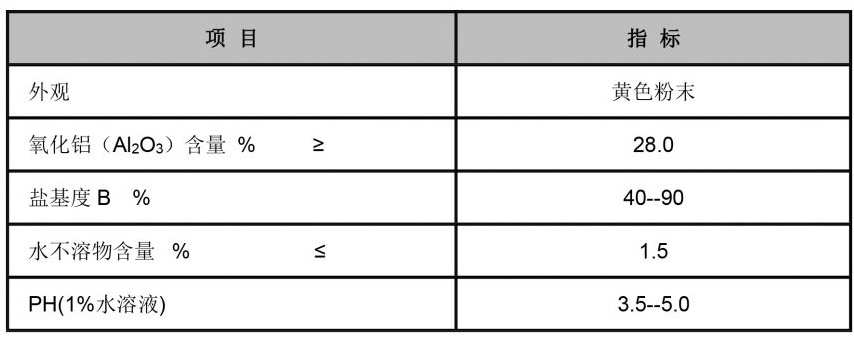Exploring the Applications and Benefits of Polyacrylamide Flocculant in Water Treatment Processes
Understanding Polyacrylamide Flocculants Applications and Benefits
Polyacrylamide (PAM) flocculants have become essential agents in various industrial applications due to their effectiveness in promoting the aggregation of particles in liquids. These synthetic polymers are widely utilized in water treatment, mining, papermaking, and other sectors that require efficient separation of solids from liquids.
What is Polyacrylamide?
Polyacrylamide is a water-soluble polymer formed from the polymerization of acrylamide monomers. It exists in various forms, including anionic, cationic, and non-ionic variations, which determine its specific applications. The choice of a particular type of PAM depends on the ionic charge required and the characteristics of the materials being treated.
Mechanism of Action
The primary mechanism by which polyacrylamide flocculants function is through charge neutralization and the bridging of particles. When introduced into a suspension, PAM molecules interact with suspended particles, reducing the electrostatic repulsion between them. This leads to the aggregation or flocculation of these particles, forming larger flocs that can be settled or filtered out more easily. The ability of PAM to improve sedimentation rates is particularly beneficial in water treatment processes where clarity and quality are paramount.
Applications of Polyacrylamide Flocculants
1. Water Treatment PAM flocculants are extensively used in municipal and industrial water treatment processes. They help in the efficient removal of suspended solids, impurities, and contaminants, ensuring the production of clean and safe drinking water.
2. Mining Industry In the mining sector, polyacrylamide is utilized for the clarification of process water and the recovery of valuable minerals. The use of PAM enhances the separation of ore from waste material, thus improving the overall efficiency of mineral extraction.
3. Papermaking In the paper industry, PAM aids in the retention of fibers and fillers during the papermaking process. This not only reduces material loss but also improves the quality of the final product.
polyacrylamide flocculant

4. Agriculture Polyacrylamide is also employed as a soil conditioner in agriculture. It improves soil structure, reduces erosion, and enhances water retention, thereby promoting better crop yields.
Benefits of Using Polyacrylamide Flocculants
The use of polyacrylamide flocculants comes with various advantages
- Efficiency PAM flocculants are highly effective in clarifying turbid waters and enhancing solid-liquid separation, leading to improved operational efficiency.
- Cost-Effectiveness By enhancing the recovery rates of resources and reducing waste, the overall operational costs in various industries can be minimized.
- Environmentally Friendly When used appropriately, PAM is generally considered safe for the environment. Many formulations are non-toxic and can be broken down in natural settings, which minimizes ecological impact.
- Versatility The diverse range of PAM formulations allows for their use across multiple industries, making them valuable in tailored applications depending on specific requirements.
Conclusion
Polyacrylamide flocculants play a critical role in various industrial processes, providing effective solutions for water treatment, mining, papermaking, and agriculture. Their ability to promote flocculation and improve solid-liquid separation makes them invaluable in optimizing operations and ensuring environmental compliance. The ongoing research and development in this field promise even more advancements in the efficacy and sustainability of PAM applications, paving the way for innovative solutions to meet future industrial challenges. As industries continue to seek more efficient and eco-friendly practices, the role of polyacrylamide flocculants will undoubtedly continue to expand.
-
Water Treatment with Flocculant Water TreatmentNewsJun.12,2025
-
Polymaleic AnhydrideNewsJun.12,2025
-
Polyaspartic AcidNewsJun.12,2025
-
Enhance Industrial Processes with IsothiazolinonesNewsJun.12,2025
-
Enhance Industrial Processes with PBTCA SolutionsNewsJun.12,2025
-
Dodecyldimethylbenzylammonium Chloride SolutionsNewsJun.12,2025





